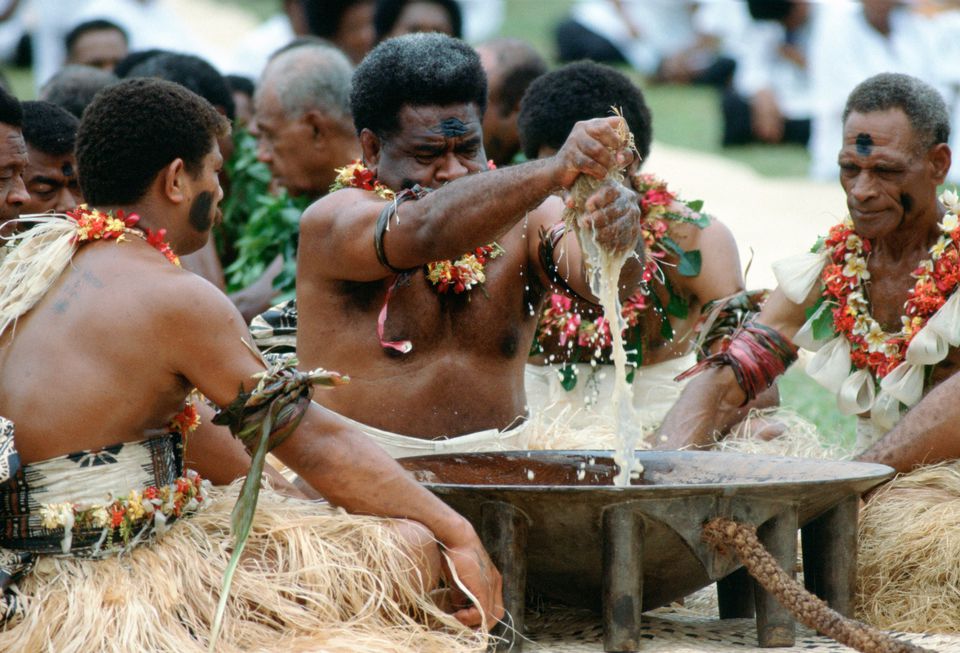8. Andorra does not have its own armed forces, however, in case of emergencies, the alarm is called and all able-bodied men between 21 and 60 of Andorran nationality must serve. This is why all Andorrans, especially the head of each house, should, by law, keep a rifle, even though the law also states that the police will offer a firearm in case of need.

10.David Aguilar Amphoux
David Aguilar Amphoux was born with a creative spirit and Poland Syndrome, a condition that prevented the development of his right arm and pectoral muscle. The 22-year-old Andorran holds the Guinness World record for being the first person to self-build his own fully functioning prosthetic arm using LEGO® bricks. David is on a mission to make affordable prosthetics widely available and to raise awareness about dif-ability (different ability), working to help other young people believe that “dreams are possible if you fight for them.”
1. Scuba dive with the manta rays
The South Pacific Ocean that cradles Fiji's islands is teemed with marine life and the clear water makes it ideal for diving and snorkelling. You’ll be treated to views of colourful corals and shoals of exotic fish as you explore this watery wonderland, either on a trip out to sea or even straight off the shores of some islands.
The majority of people who come to Fiji to dive, whether novices or seasoned pros, are looking for the chance to swim alongside manta rays in their natural environment. These rare and graceful giants of the ocean can only be found in certain parts of the world, so it’s an opportunity not to be missed. One of the best and most reliable places to see them is the narrow channel between Nanuya Balavu and Drawaqa islands, off the aptly named Manta Ray Beach.
4. Water

5. Kokoda
Fiji’s most famous food is kokoda, a Pacific Island dish. The fish is marinated in lime or lemon juice with coconut cream, onions, and chilies in Fiji. After that, the dish is chilled and served cold.
It’s usually served as an appetizer or a light lunch, with cassava or breadfruit on the side. It’s widely available in Fiji, with many restaurants and resorts serving their spin on the dish.
Kokoda is a Fiji national food that represents the country’s pride and is without a doubt one of the must-try dishes in Fijian cuisine.

8. Kava is the traditional national drink of Fiji. It is a mildly narcotic and sedative drink made from the crushed root of the yaqona strained with water. It is served in a large communal bowl as part of the traditional kava ceremony. When drunk, it creates a pleasant, numb feeling around the mouth, lips and tongue, as well as a sense of calm and relaxation.
The kava ceremony focuses around the communal Kava tanoa (bowl). Guests sit in a circle around the bowl which is placed in front of the leader. The ceremony commences with the actual production of the kava. The plant is pounded and the pulp placed into a cloth sack and mixed with water. The end result is a brownish coloured liquid – the Kava gold. It is then strained and ready for drinking.
